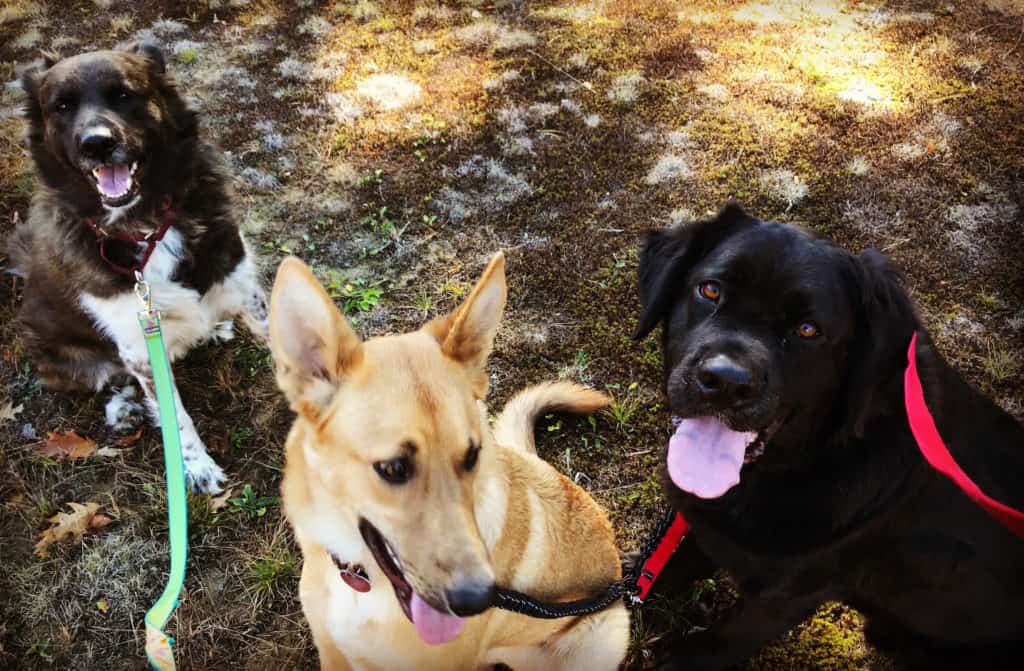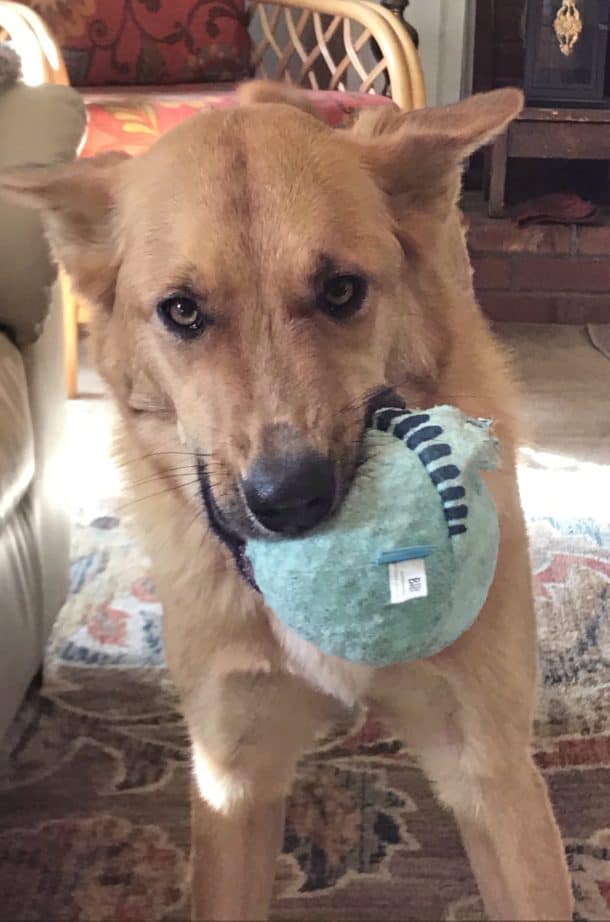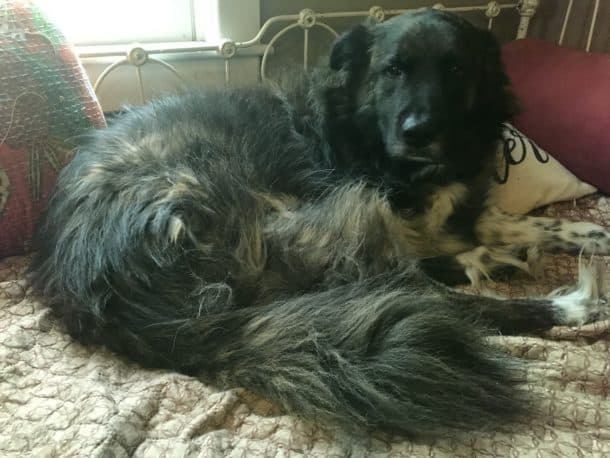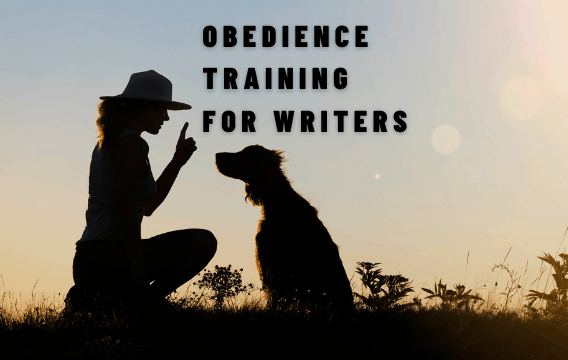Dogs and writing. Writing and dogs. Hard to say which comes first in my life, since we have three rescue dogs and the mystery series I write features former MP Mercy Carr and her retired bomb-sniffing Malinois Elvis. I’ve also written a memoir called FIXING FREDDIE: A True Story of a Boy, a Single Mom, and a Very, Very Bad Beagle, inspired by our extraordinarily stubborn beagle and the many dog training books I edited during my time as an acquisitions editor.
Living with dogs in the real world and writing about them in my fictional world has taught me that many of the things I learned the hard way about dogs apply to writing as well. And I learned that those lessons the hard way, too. Kind of like Freddie.
SIT.
The first lesson every dog learns is Sit. This is a critical command, because once a dog sits down, he can calm down and pay attention. It’s the first lesson every writer must learn as well. Because once we sit down at our desks, we can calm down and pay attention and let the words come. As the one and only Dorothy Parker once said, “Writing is the art of applying the ass to the seat.” So sit down and write.

 STAY.
STAY.
Getting a dog to sit is one thing, getting a dog to stay put is another. Bear, our Newfoundland retriever mix, and Bliss, our Great Pyrenees Australian shepherd mix—both of whom came to us as rescues at about a year old—learned to stay without much fuss. But for our excitable Malinois mix rescue Blondie, adopted as a four-month puppy during the pandemic, Stay is a work in progress. She has trouble sitting still, and so do I. I started off as a reporter, so I was used to writing in sprints. But writing a novel is a marathon; you have to keep at it for weeks and months and even years at a time. You need staying power. Blondie and I are both continuing to work on Stay, drawing our inspiration from novelist and long-distance runner Haruki Murakami who says: “Exerting yourself to the fullest within your individual limits: that’s the essence of running, and a metaphor for life — and for me, for writing as whole.”
WALK.
Conventional wisdom has it that a tired dog is a good dog. The corollary here for writers is that a walking writer is a working writer. Walks stimulate our brains as well as our bodies; according to a recent Stanford study, a good walk can enhance creativity by as much as 60 percent. Perhaps Thoreau said it best: “The moment my legs begin to move, my thoughts begin to flow.” So take a walk. Better yet, take a walk with a dog.

FETCH.
The only thing our Malinois mix rescue Blondie loves more than her ball is fetching her ball. Toss it like a fly ball to the outfield, and she bounds after it, invariably catching it in mid-air like an easy out. Throw a sinker right at her, and she stands firm, staring you down and snapping her jaws around it faster than you can say, well, fastball. She plays with her ball and she eats with her ball and she sleeps with her ball.
She lives and breathes her ball. She is obsessed with that ball, just as we need to be obsessed with our work. That obsession is what keeps us writing through the highs and lows that invariably characterize the writer’s life. George Sand called this compulsion a requirement of the calling: “The trade of authorship is a violent, and indestructible obsession.”
REWARD.
Blondie will do anything for her ball. Bliss will do anything for a doggie treat. Bear will do anything for a ride in the truck. We know what most motivates each of them—and we use that to our advantage. Shamelessly.
I use a similar reward system for myself, designed to help me meet my word count goal. Every 10,000 words or so, I reward myself: a new release in hardcover, a Netflix binge, a new gadget for the kitchen or plant for the garden or blank journal for my daydreams.

When I finish a book, I book a trip. I wrote THE HIDING PLACE, the third book in my Mercy & Elvis series, during the pandemic, so no trip….yet. Now I’m writing Book Four, and when I finish, we’ll go somewhere wonderful (provided safe travel is possible).
Of course, the real reward comes with the writing itself. No one says it better than Anne Lamott: “That thing you had to force yourself to do—the actual act of writing—turns out to be the best part. It’s like discovering that while you thought you needed the tea ceremony for the caffeine, what you really needed was the tea ceremony. The act of writing turns out to be its own reward.”
NAP.
Dogs love to sleep. Ours like to sleep on a schedule: mid-morning, late afternoon, from sunset to sunrise. That’s a lot of sleep, but then sleep is when our brains clean house, protecting our capacity to create new memories, learn new things, and adapt to our changing environment.
That’s why we writers need our sleep, too, and a nap is a great way to boost our daily ZZZs. Jane Smiley swears by a good nap: “Take naps. Often new ideas come together when you are half asleep, but you have to train yourself to remember them.”
RESCUE.
These lessons work whether you have a dog or not. But take it from me, the writing life is better with a dog. So if you don’t have a dog, rescue one. You—and your writing—will be glad you did.

This post was originally published at Career Authors


Thank you, Paula. Your advice is, as always, much appreciated. I agree that writing life is much better with a dog.
So true! My dogs keep me company as I write, even when I pull all-nighters. And they get me up and out of my seat for the breaks I really need—and they know I need those breaks, even when I do not. Happy writing, and thanks for the kind words…